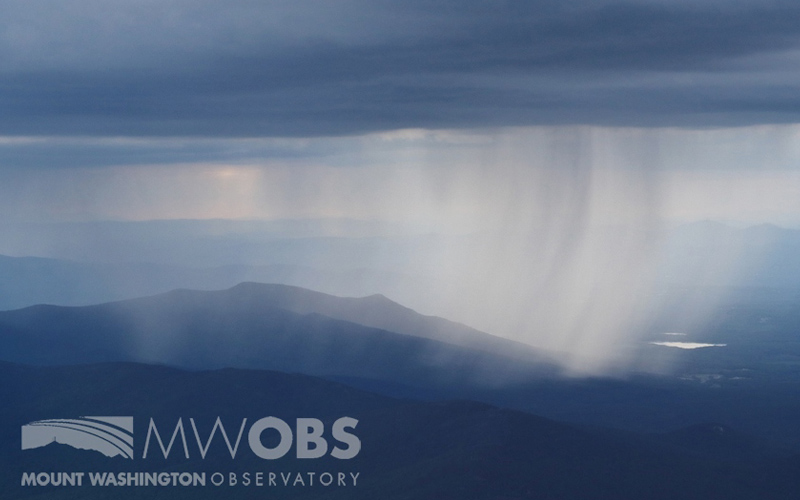Citizen Science Puts Weather Reporting in Your Hands

Ryan Knapp, Weather Observer & Meteorologist
Why is Every Snowflake Unique?
Why is Every Snowflake Unique? 2018-12-01 10:17:17.000 - Chloe Boehm, Summit Intern Since the summit has seen 110” of snow since the start of the snow season (July 1st) and 58” during the month of November alone, I decided to take this opportunity to look all
A November to Remembrrr!
A November to Remembrrr! 2018-11-29 11:17:17.000 - Tom Padham, Weather Observer/Education Specialist With the month of November coming to a close, I thought I’d take a look back at how this month compares to our averages and our extremes. For our current observers it has been
Subzero Summit Science
Subzero Summit Science 2018-11-27 17:39:18.000 - Ian Bailey, Weather Observer/Education Specialist It has been an incredibly interesting shift week. We had a great Thanksgiving here on the summit, and Adam and I even got to spend it with Taylor from the other shift! While cooking a
1855 Days at 6288 Feet
1855 Days at 6288 Feet 2018-03-31 16:38:13.000 - Mike Carmon, Senior Meteorologist & Education Specialist All good things must come to an end. On July 30, 2008 I arrived at the base of the
Ozone Levels
Ozone Levels 2018-03-29 09:41:27.000 - Jillian Reynolds, Summit Intern You may have heard about the current ozone levels in the news or in our forecasts. You may think “What is ozone”? or “What are
The Return of Sunrise
The Return of Sunrise 2018-03-26 17:19:14.000 - Ryan Knapp, Weather Observer/Staff Meteorologist Working nights on the summit, my shift typically starts at 1730 EST (1830EDT) and ends at 0530 EST (0630 EDT) the following

